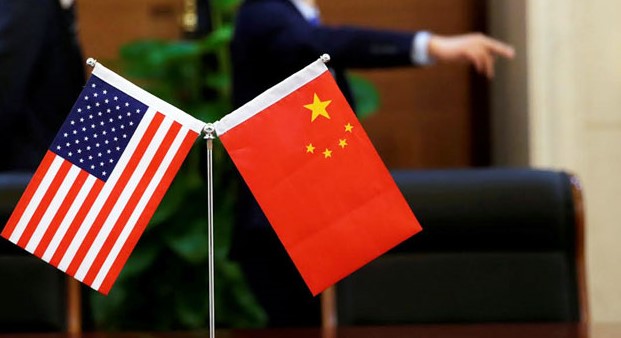Trump threatens to hike Chinese tariff
November 28, 2018 | Expert Insights

Ahead of the G20 summit in Argentina, Donald Trump has indicated that he would also slap a tariff on all remaining Chinese imports if negotiations with Xi Jinping fail to produce a US-China trade deal.
Background
America’s relations with China have witnessed ups and downs throughout its history. Since Richard Nixon’s historic China trip in 1972, the two states’ relationship has oscillated between engagement and containment. However, there has been a deep economic interdependence between them.
According to the recent White Paper released by China regarding trade and economic frictions with the US, bilateral trade between the two states reached US$583.7 billion in 2017. China is also considered the “fastest-growing export market in the US; it is also the largest source of imports.” Between 2007 and 2017, the total trade volume between China and the US increased significantly, from $24.94 billion to $75.05 billion. Further, China held $1.18 trillion in US Treasury bonds as of May this year.
Analysis
President Trump, just days before G20 summit with China’s leader, said he expects to move ahead with boosting tariff levels on $267 billion of Chinese goods to 25%, calling it “highly unlikely” that he would accept Beijing’s request to hold off on the increase.
Xi and Trump are set to meet at the Group of 20 meeting in Argentina which starts 30th November. The high-stakes encounter between the two leaders in Buenos Aires is seen as the last ray of hope that Beijing and Washington will resolve trade differences and avert additional US tariffs on Chinese exports in the new year.
In an interview with The Wall Street Journal, Trump suggested that if the negotiations don’t produce a favourable outcome for the US, he would also put tariffs on the rest of Chinese imports that are currently not subject to duties. Trump said that Apple Inc.’s iPhones and laptops imported from China could be hit by new tariffs. Cell phones and computers are among China’s biggest exports to the US. It has thus far been exempt from tariffs as the administrations sought to minimise the impact on US consumers. Trump said in the interview that “Americans could “very easily” handle a 10 per cent duty. Although iPhones are assembled in China, several parts come from the U.S.
In September, the Trump administration plunged deeper into a trade war with China by imposing a 10 per cent tariff on $200 billion of Chinese goods and said the rate will rise to 25 per cent on 1 January. The US is unlikely to accede to demands from Beijing to refrain from increasing the tariff, Trump said.
Chinese officials have said their key outcome from the Trump-Xi meeting is to convince the US to hold off from the tariff increase. China subsequently offered a list of 142 concessions that Trump described as "not acceptable" in comments from the White House.
Trump told the Journal that his advice to American companies caught up in the trade conflict is to build factories in the U.S. and make their products domestically. The US president has signalled he wants to continue with this "short-sighted" trade war despite "the pain" Americans have felt as a result of tariffs. The tariffs have drawn complaints from American businesses, who are responsible for paying the import duties. It's also spurred concerns about renewed inflation, just as the Federal Reserve is set to raise interest rates in December.
Assessment
We feel that Trump's beliefs that U.S. tariffs would act as a tax on Chinese exporters while creating jobs in America, might have been valid at a time of recession and mass unemployment. But with the U.S. economy now operating at full employment, there is no significant scope for domestic production to substitute for Chinese imports. We feel that the cost of tariffs will fall mainly on U.S. consumers and importers, pushing up U.S. inflation and interest rates, rather than hitting Chinese economic activity and jobs.








Comments